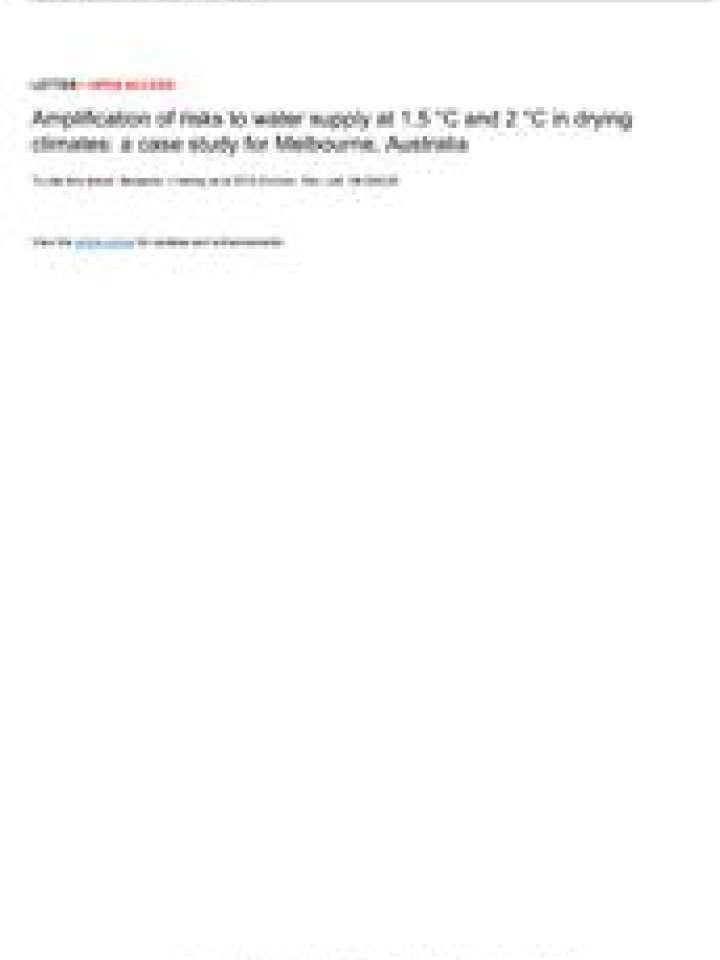- Home
- collections
Half a degree matters to curb disaster risk
Image

Introduction
The difference between 1.5°C and 2°C of global warming may not seem significant. But research shows that failing to limit global warming at 1.5°C above pre-industrial levels will significantly increase disaster risk.
Themes







